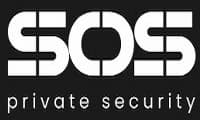Main Reports

Man as the main threat to IS
Presentations
Control of employees in the company’s information environment
Presentations


Problems of network perimeter protection
Report
What a security officer needs to know about the distribution of personal data
Discussion

Speakers

Rico Greenholt
Co-founder
A community of privacy professionals

Annie
Streets
Presale Engineer
Muller

Angel Satterfield
Technical Specialist
Waters

Adrian Sanders
Key Account Manager
Eichmann
Customers Testimonials
At Pokiesportal.com you will find the best casino bonuses in Australia. Make your first deposit casino bonus count!

In you trade crypto in Canada make sure to pick the best Canadian crypto exchange

Our partner in analytics and reviews LegjobbKaszino.hu does ratings in Hungary – Best Casino Online. Review casino games for real money and free.

Our main partner CasinoReal – TOP casinos online Portugal: reviews and ratings.

Can you write an essay for me fast? Sure! We’ll select an expert relevant to your needs. Best custom online solutions 24/7!

Looking for reliable gambling sites that accept players from Switzerland? Visit casinohex.it.

Elon Musk said that the doge could become the new global currency even though it started as a joke. Given this in the future the dogecoin stock price may reach values that we could not think of. But this is not financial advice.













